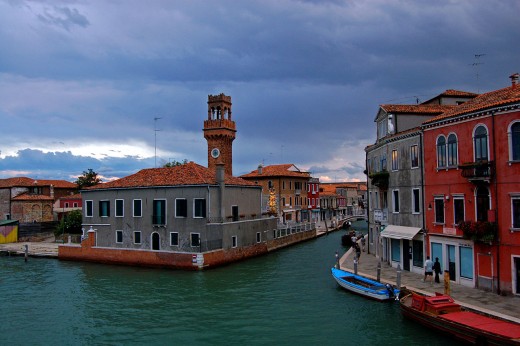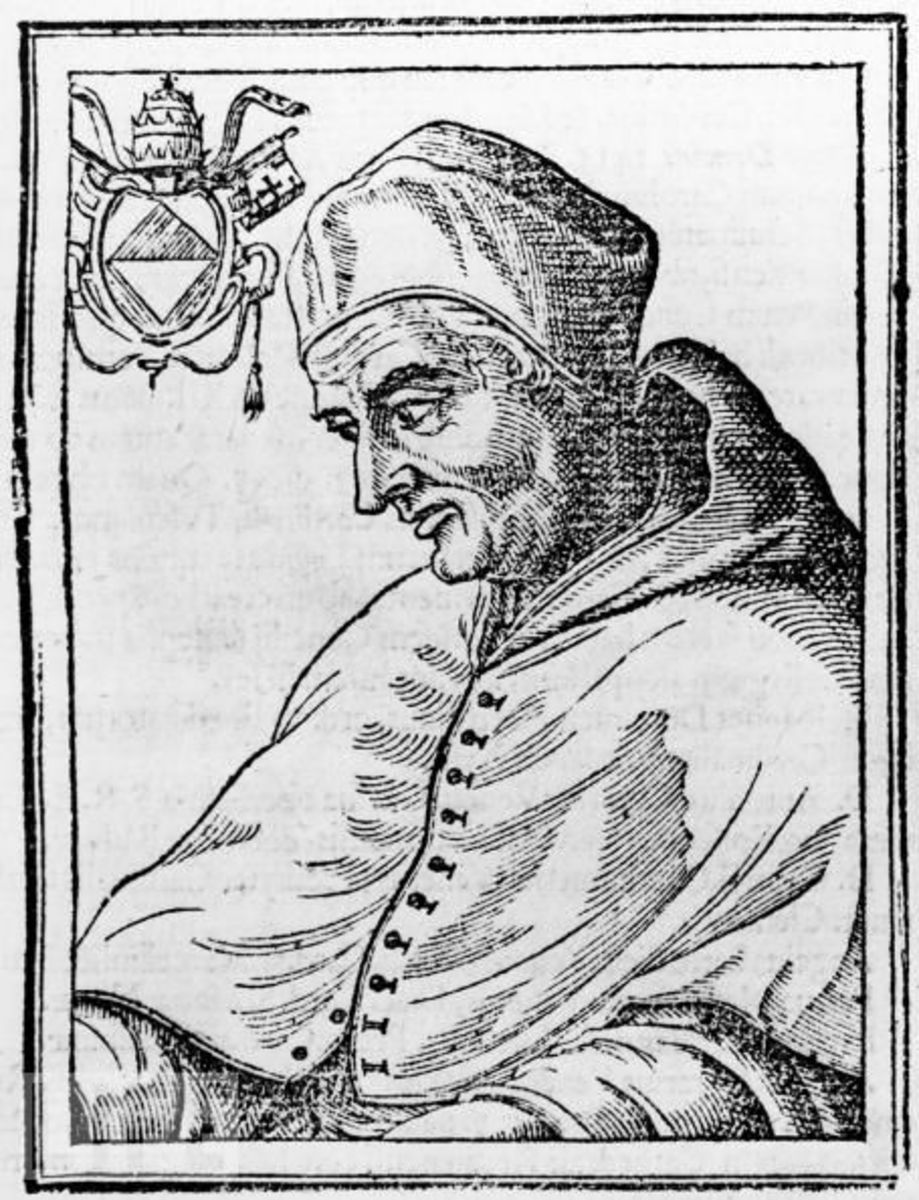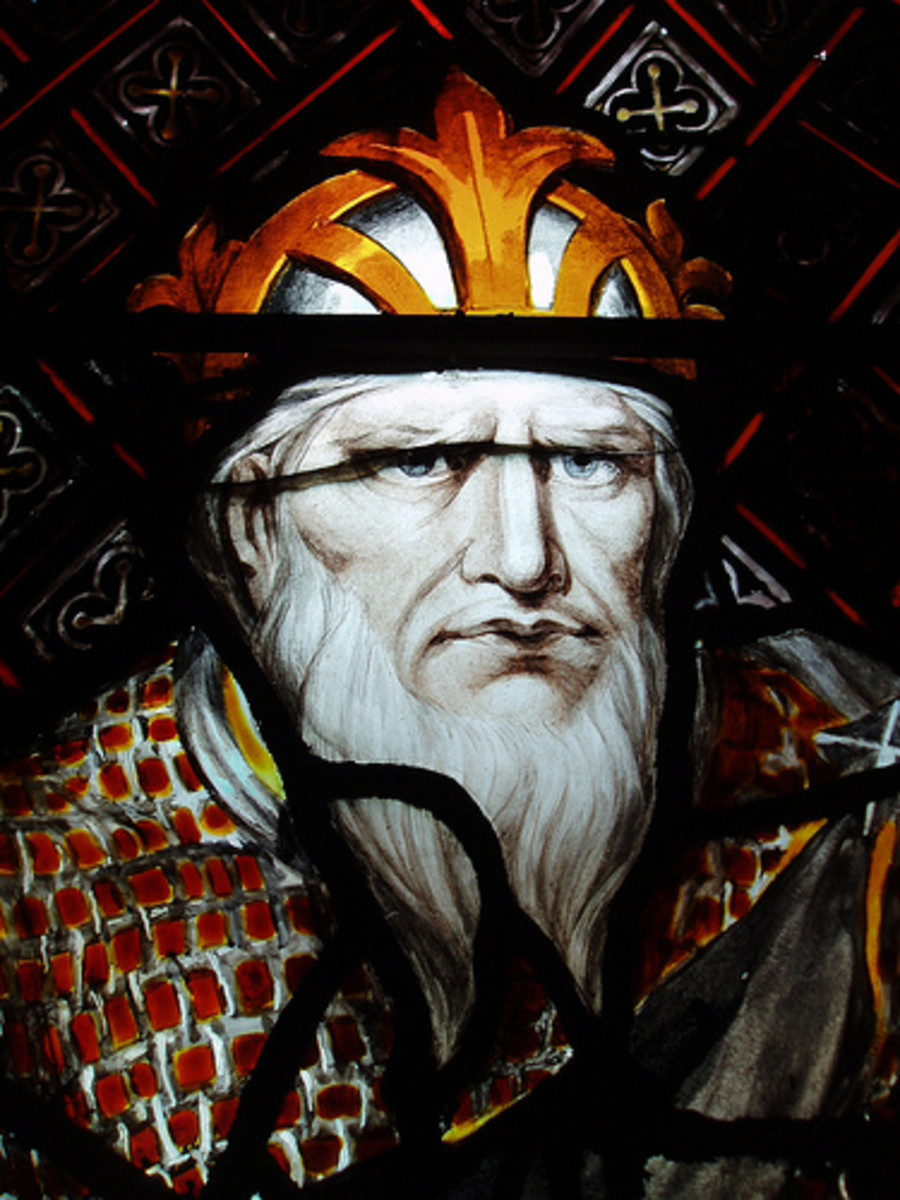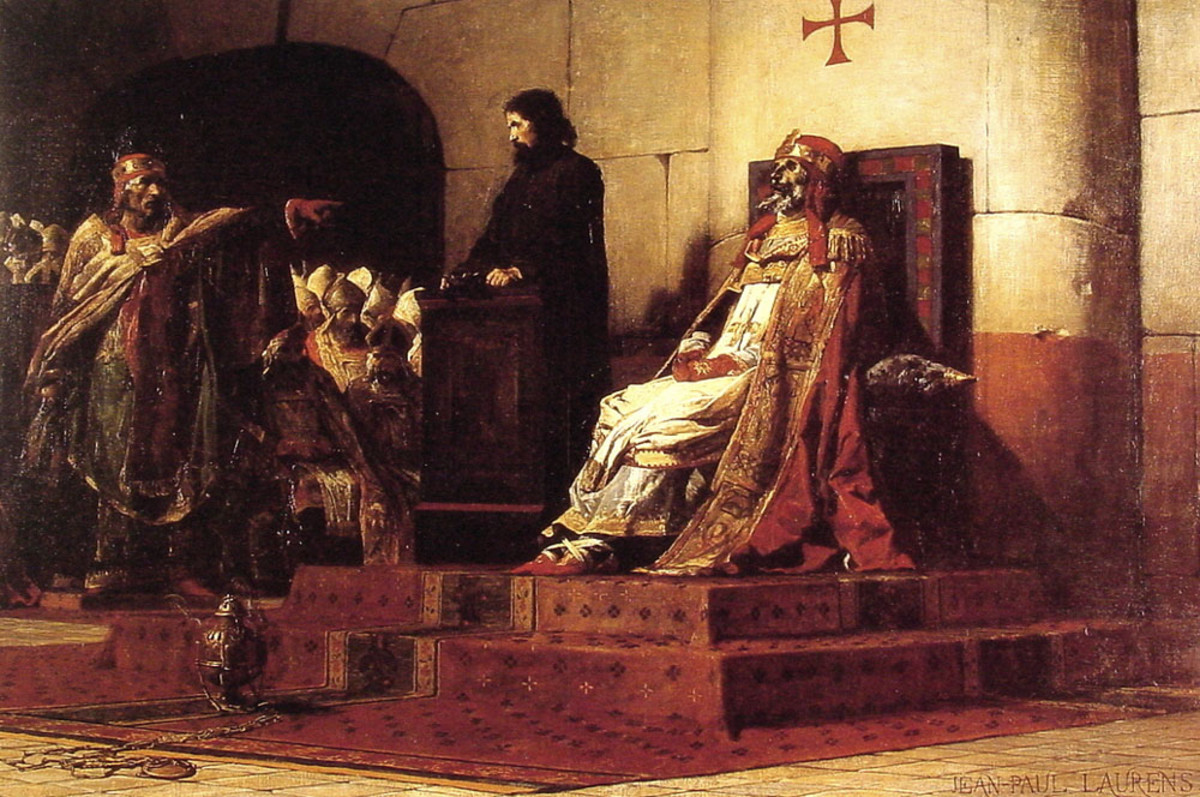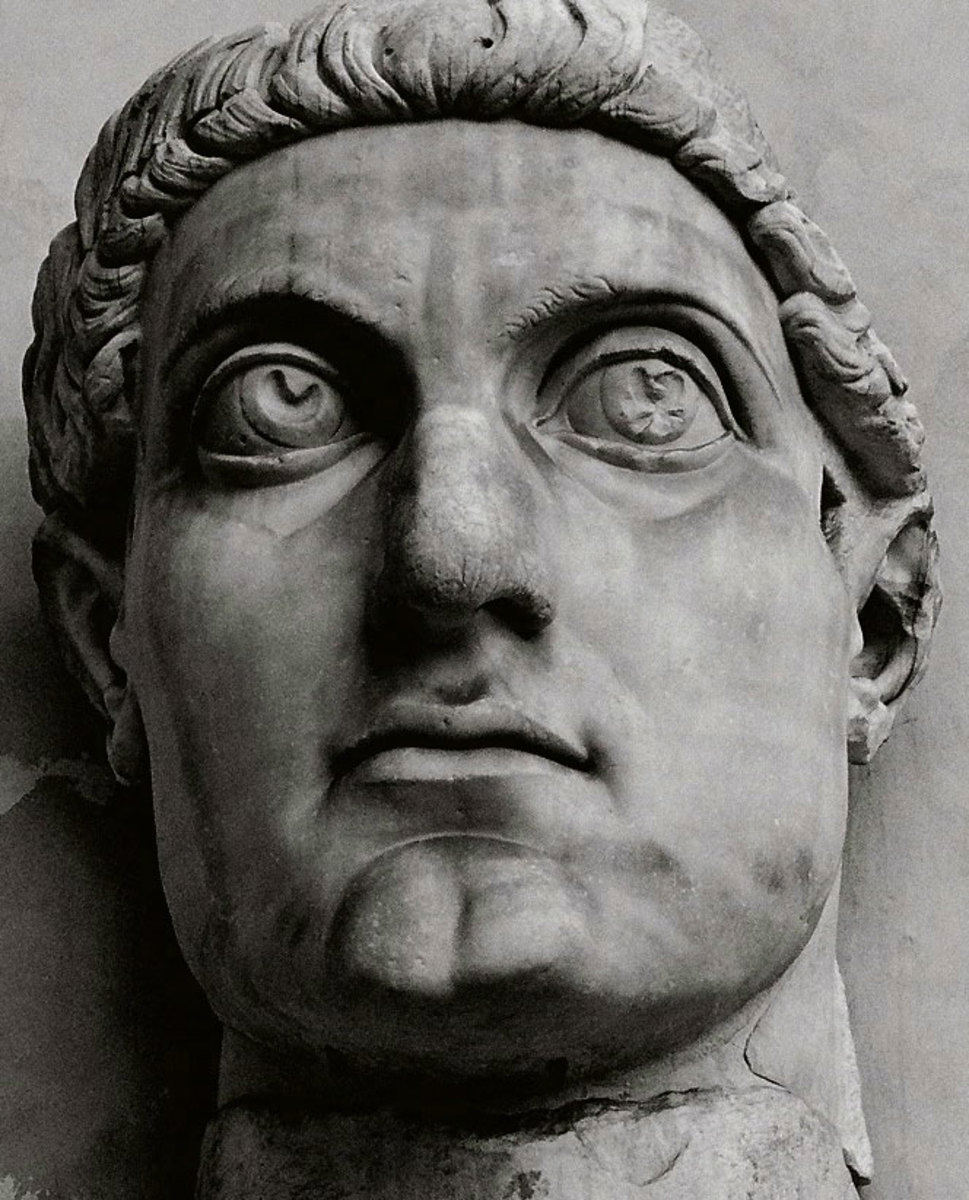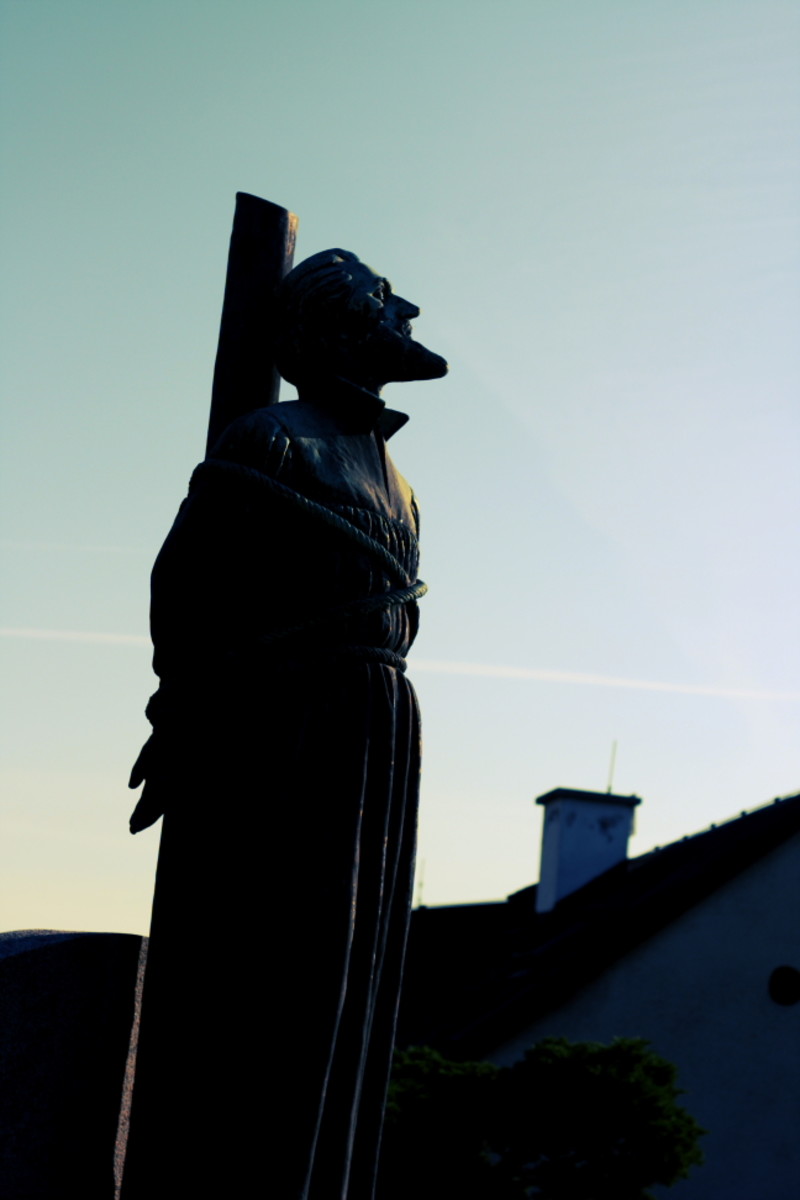Church History: 13th Century
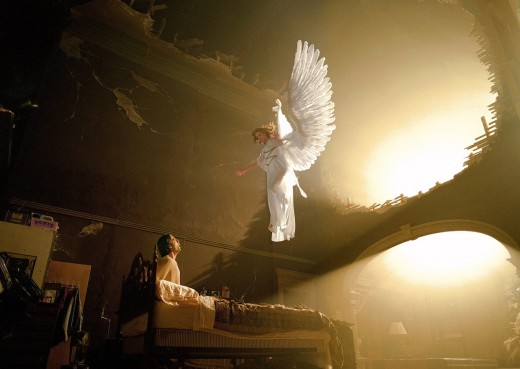
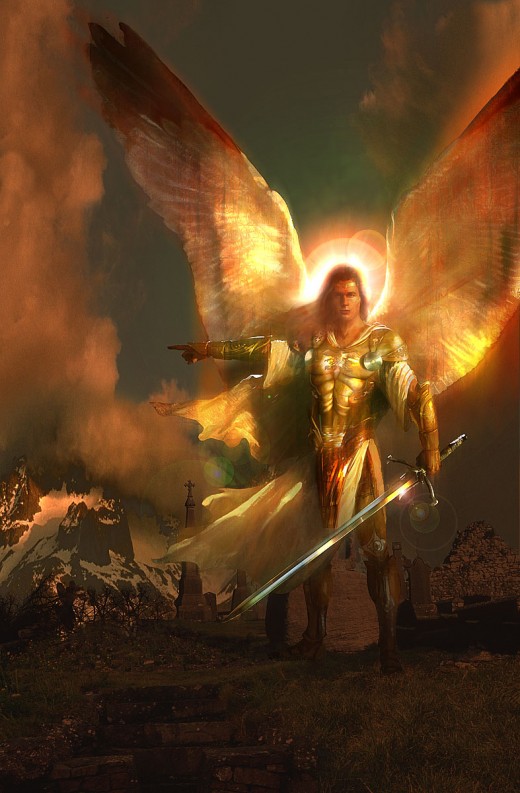
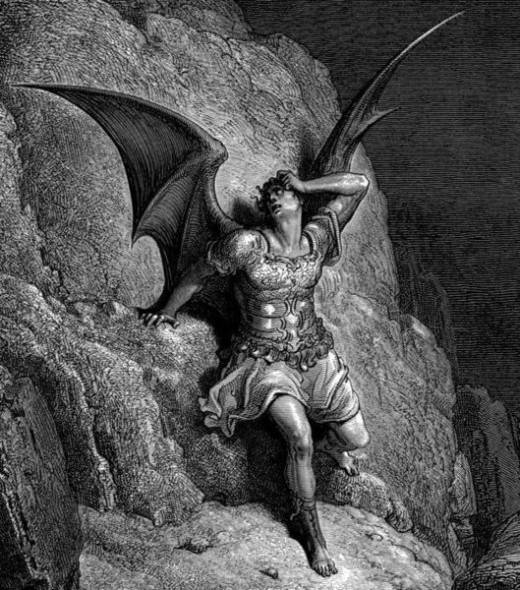
Angels & Demons
It was in the Thirteenth Century that Angelology officially established itself as a subject of church teaching. St. Bonaventure proposed: “A hierarchy is an ordered power of sacred and rational realities, which preserves for those who are subordinate their proper authority over others. This applies not only to ecclesiastical or human hierarchy, but also to angelic hierarchy.”
Angels were a proper topic for Christian doctrine because they participate in divine grace. People were curious about the spiritual nature of angels. The question of who the devil and his evil angels are, and where they came from, was a cause for wonder. The Greek Church Fathers taught that the angels were created before the physical world. Thomas Aquinas believed that angels were not created before the physical world.
Christ had said in John 8:44, that the devil had been “a murderer from the beginning.” If this referred to the same beginning spoken of in Genesis, then the devil must have been created evil.
Augustine wrote, “It is not groundless to suppose that the devil fell by pride from the beginning of time and never lived in peace and blessedness with the holy angels, but apostatized from his Creator at the very onset of his creation.”
Thomas Aquinas set this straight when he declared: “It is clear that the sin of the fallen angel was an act subsequent to his creation. God saw everything that he had made, and behold, it was very good. The devil and the other demons were created naturally good by God, but they became evil by their own doing.”
People believed in guardian angels and theologians supported this belief based on Matthew 18:10 where Jesus said, “In heaven children’s angels always behold the face of my Father who is in heaven.”
Jerome had written: “Great is the dignity of souls, for each one to have an angel assigned to guard it from its birth.”
It was decided that after the original fall of some angels, no longer was it possible that any of the remaining angels could fall, because God had confirmed them in his grace and glory.
The Roman Catholic Church
Now there was a single church of angels and humans, which together were the Body and Bride of Christ. This was the church of the elect, which had always existed as a reality in the mind of God. God governed and administrated the entire universe, but the focus of his care was for the well being of this church of the elect.
This view of the church in the divine scheme made it more important than any individual soul, and made unity of spirit in the Body of Christ essential. Therefore, any individual in the church must strive for unity and peace.
The church was understood to be the pope, the bishops, the priests, the monks, and the laity. For the sake of unity, the authority of the Roman Church must be enforced in all churches. Along with this was required the acknowledgement of the pope as the prince of bishops and heir of the apostles.
There were some who preferred to see the pope as a brother of the bishops, not as the lord of them. There were also voices that saw the pope as the successor not of Peter, but of Constantine, because of his power and wealth.
While the chief threat to the apostolic church had always been persecution, now it was hypocrisy, ambition, greed, thievery, and wickedness. About this time is the first record of the Church in Rome referred to as the Harlot of Babylon described in the Apocalypse of John.
People then began to come forward declaring the need for a new spiritual church to replace the existing institutional church. They did not state that the extant ecclesiastical church was not worthy of respect, just that it was time for it to be superseded by a new form of Christianity. The response of the church in Rome was that the spirituality of Christianity was inseparable from the ecclesiastical institutional church.
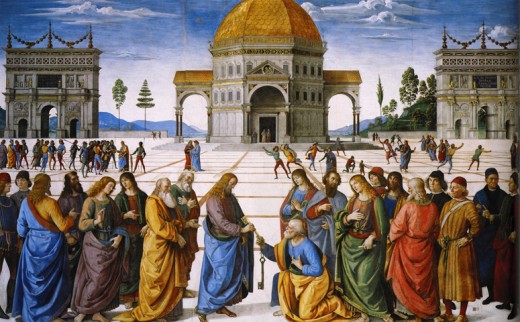
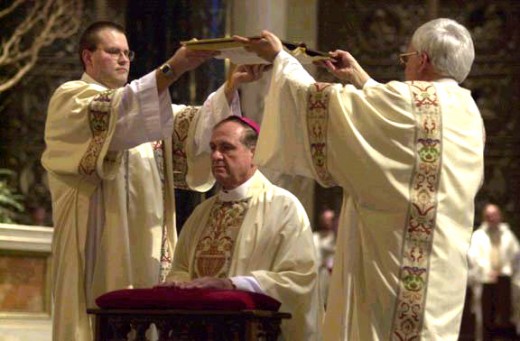
St. Thomas Aquinas
The towering personage of Christian History in the Thirteenth Century is unquestionably St. Thomas Aquinas. It was he who clarified the theological concept that God had planned the unfolding of history, in particular the election of His Saints.
In his masterpiece Summa Theologica, Thomas Aquinas wrote, “The number of the predestined is said to be certain to God, not only by reason of his knowledge, that is, because he knows how many will be saved—for in this way the number of drops of rain and the number of the sands of the sea are certain to God—but by reason of his election and determination.”
Aquinas taught that there could not be a contradiction between one kind of truth and another. His special project was to tackle the philosophy of Aristotle.
Plato had been quite influential in the early church, chiefly with his concepts about the spiritual realm being infinitely more real than the physical. Aristotle was largely unknown in Christendom before Christians began to trade with Muslims for silk and sugar, and it was the Muslims who introduced Christians to the ideas of Aristotle regarding physics, biology, psychology, and cosmology. Aristotle accepted that physical, sensual reality could be understood through human investigation.
Thomas Aquinas became a preaching beggar with the Dominicans, to the outrage of his family, who then kidnapped him and locked him up with a prostitute. Using his time wisely, he spent that time in incarceration writing about logic.
He created a new Christian worldview of nature and grace; reason and revelation. In the view of Thomas, the physical universe is no longer a distraction for the soul, but God’s means of communication with humanity. Since God created human beings with senses and reason, these were good things, unless they were perverted by sin. He also invented the limerick.
Aquinas was a gigantic man who would prove to be an intellectual giant as well. As young as age five he would pore over the Bible for hours, and then go out to distribute food to the poor. His nickname was “Dumb Ox” as he was quiet and seemingly dull witted. As an adult, Thomas was not only known to be courteous, charming, and comical, but also a devastating debater.
He wrote this prayer: "O Lord my God, make me submissive without protest, poor without discouragement, chaste without regret, patient without complaint, humble without posturing, cheerful without frivolity, mature without gloom, and quick witted without flippancy."
He was blessed to have as his first Dominican teacher, Albertus Magnus, the father of modern science. Albert soon saw Thomas as the greater man. Thomas was influential in the acceptance of science—observation, thought, discussion, experimentation—as a subject for Christian universities.
St. Thomas Aquinas: "Three things are necessary for the salvation of man: to know what he ought to believe, to know what he ought to desire, and to know what he ought to do."
A longtime problem that had dogged theologians was: how can a man sin unless he has free will? Thomas wrote: All time is spread out before God. He is outside time, so all is the present with him. In one glance he see what you are doing now, what you did twenty years ago, and what you will be doing twenty years from now. Yet at every point on that time line, your will is free, just as it is right now.
Thomas Aquinas: "To one who has faith, no explanation is necessary. To one without faith, no explanation is possible."
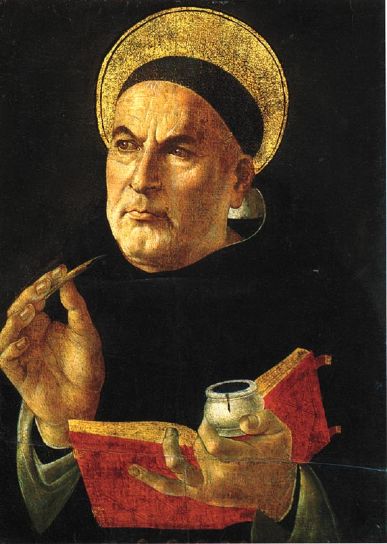
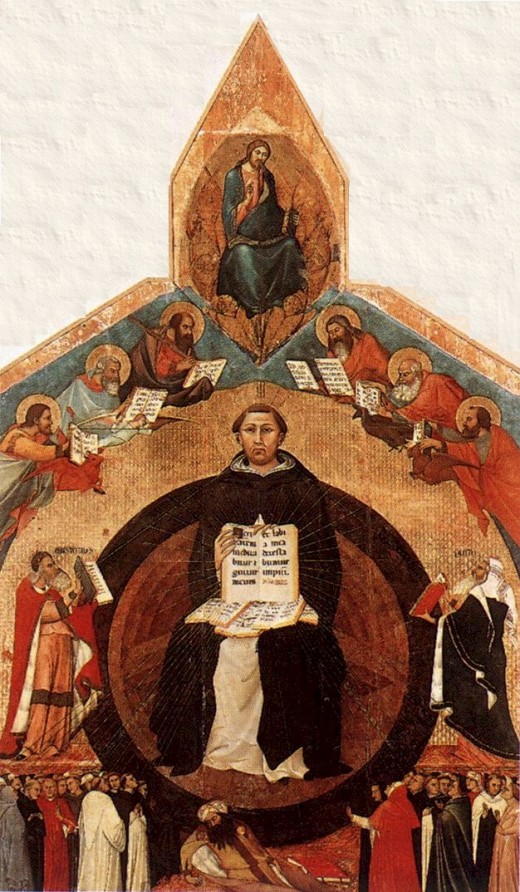
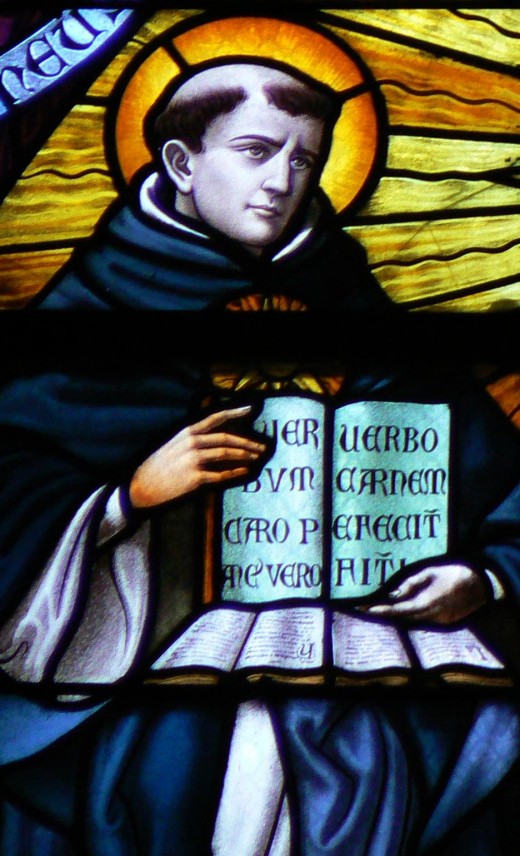
Robin Hood
Court records In England from 1225-1261 show historical evidences of one Robin Hood failing repeatedly to appear for a summons.
Robin and his Merrie Men have proved to have timeless appeal for those who would dream of living according to their own laws; and for those who believe in redistributing wealth by taking from the rich to give to the poor.
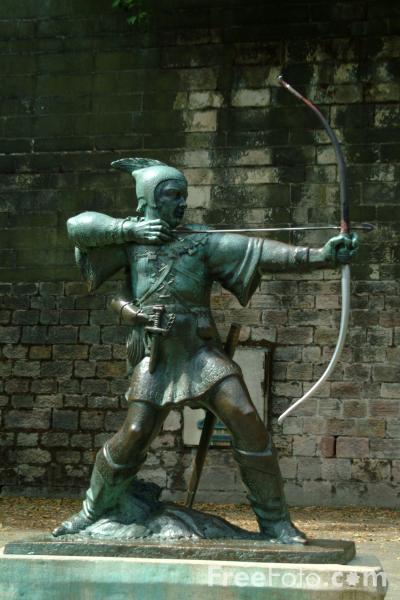
Edward 'Longshanks' I
The English King, Henry III, rebuilt Westminster Abbey in 1245 in the new, soaring Gothic style. His son, Edward I came to the throne in 1272, after his father had managed to rule in what was the longest reign ever by an English sovereign, but a reign that had also run the Crown’s authority and finances into the ground.
Edward’s ambition was to unite the island of Britain by conquering Wales and Scotland. Edward Longshanks, as he was nicknamed, was a tall, lean warrior and every inch a king. He was brave and organized.
He was called the “Hammer of the Scots” for his long and bloody campaigns against William Wallace and Robert the Bruce. Edward did conquer Wales, and he was responsible for the construction of the magnificent castles there that we know as Edwardian. A blot on his record is the expulsion of the Jews from England in 1290.
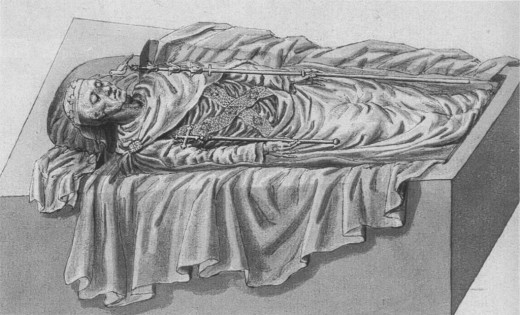
MAMLUKS
The Mamluks were slave soldiers who were purchased as children from the Turkish peoples and raised as vicious fighters. They rose in rebellion and took over Egypt in the 1260s.
Their leader, was a ruthless red-haired man named Baibers, whose next order of business was to wipe out the remaining Christians in the Middle East. He slaughtered them and took inordinate pleasure in beheading and mutilating. He enslaved so many Christian children that the bottom fell out of the slave market. Comely Christian women disappeared into the harems of Muslim Emirs. Baibers was unimpeded by honor, gratitude, or mercy.
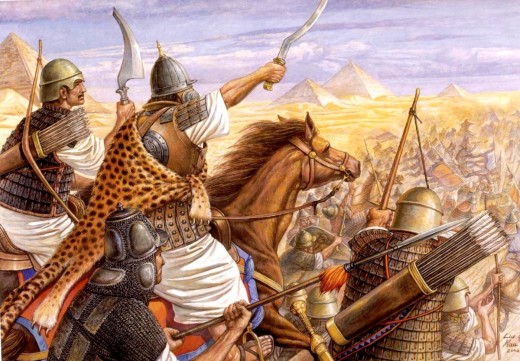
Celestine V & Boniface VIII
The first pope to voluntarily leave his position of power was Peter the Hermit (Celestine V) in 1292. Before retiring, he moved the papacy to Naples, and then changed the official language of the church from Latin to Italian.
Celestine avoided the pomp and circumstance that his title afforded him; he lived on nothing more than bread and water; and he began giving the wealth of the church to the poor. His successor, Boniface VIII, put him in gaol where he died with a nail through his head.
Boniface was destined to have a harder time exerting his authority than his predecessors did. The birth of nationalism had changed Europe profoundly. The first parliaments in England and France taxed the clergy, which outraged Boniface, who issued the proclamation: “It is absolutely impossible for anyone to be saved without being subject to the Roman pontiff.”
King Philip of France promptly arrested him, and then named his own pope, Clement V. The papacy was moved to Avignon in 1305. This would spell the end of the medieval papacy.
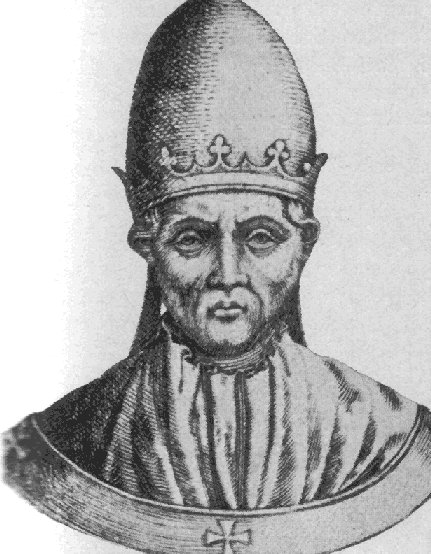
Knights Templar
The Knights Templar had been the most courageous defenders of Christendom. What had begun as a small band of pilgrim protectors became a secretive multi-national company. They became rich through extensive land holdings that spanned from Scotland to the Middle East, and were obtained by loaning money to the Crusaders, who used their own property as collateral. On Friday the 13th of October 1307, King Philip of France had his secret police arrest all of the Knights Templar. He then had them tortured into confessing a variety of different crimes that included amongst others, black magic and sodomy. In 1312, Pope Clement, a vassal of France, confiscated all of their property.
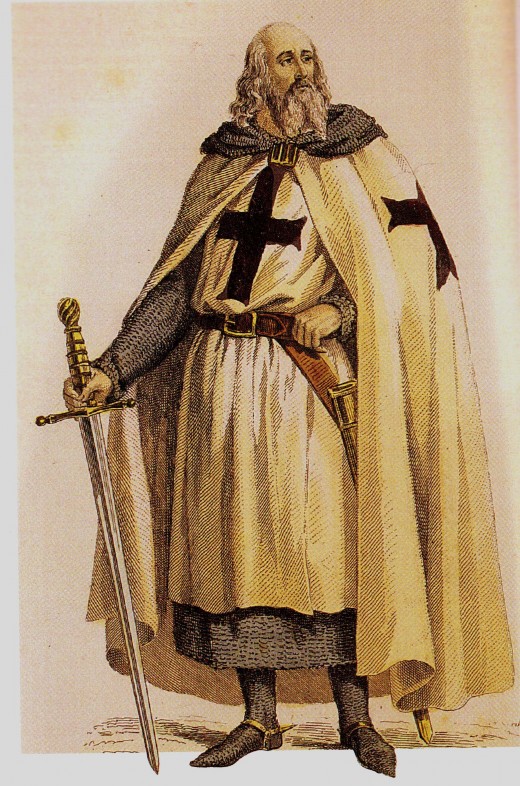
GLASS
Murano is an island in the Venetian lagoon. It was there, in the Thirteenth Century that both transparent glass and silvered mirrors were first created.
Transparent glass made the science of optics possible, and Roger Bacon went on to design the first pair of spectacles in 1260. Over the course of the next few centuries, the continent of Europe was transformed by the appearance of clear glass windows and greenhouses in its landscapes. Not to mention, the even more significant changes that accompanied the invention of the microscope, telescope, barometer, and thermometer.
The use of spectacles accelerated the spread of learning as elderly monks and scholars began to use them. Windows increased not only the efficiency of indoor work, but the hours available to perform them as well.
The mirror had important psychological consequences of its own, as it allowed people to see sharp images of their own faces, which in turn caused the development of a new consciousness. New interest was taken in appearance; hence followed by an innate interest in clothing, hairstyles, and cosmetics.
